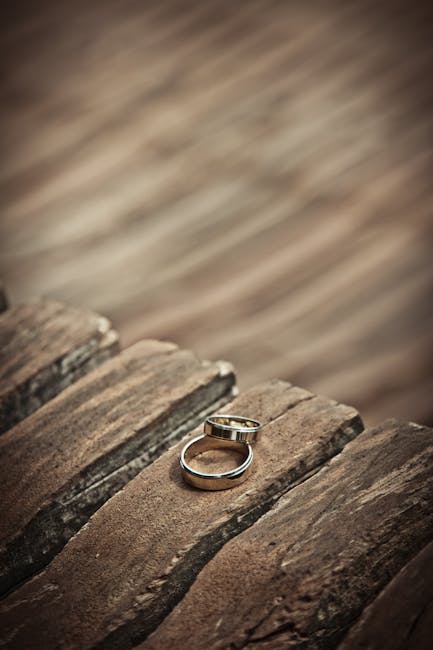Single ladies everywhere have grown up dreaming
of the day when someone would like it enough to put a ring on it. But have you ever wondered just how and why
the tradition of giving a diamond engagement ring started? “Holy s—! Is that real?” You may be surprised when you learn the untold
truth of your engagement ring. Not so ancient tradition You probably think of diamond engagement rings
as timeless, but while diamonds have appeared in jewelry for centuries, the tradition of
diamond engagement rings is far newer. Before the 19th century, diamonds were reserved
for royalty and only worn at night.
It was actually considered vulgar to wear
a diamond during the day. It wasn't until the 1920s and '30s that the
idea of a diamond engagement ring became popular. Consumer engagement So how and why did diamond engagement rings
become a thing? Through the magic of marketing, of course. In the 1940s, Philadelphia ad agency N.W. Ayer was tasked by the De Beers diamond company
with boosting diamond sales, which had been on the decline during the Great Depression. The challenge fell largely on Frances Gerety,
the only female copywriter at the firm, who was ordered to "create a situation where almost
every person pledging marriage feels compelled to acquire a diamond engagement ring." Her solution? The famous tag line "a diamond is forever,"
which became so famous you may not have even realized it was an advertising slogan.

Diamonds aren't as rare as you think Creating a psychological need for diamonds
was just one part of a much bigger marketing strategy that made De Beers so successful. The diamond conglomerate got into consumers'
heads with the idea that diamonds were a rare and precious stone — which isn't entirely
true. Diamonds may be the hardest material found
on Earth, but they're certainly not the rarest. In fact, of all gemstones, diamonds are actually
the most common, according to the International Gem Society. But they seem rare because De Beers created
an artificially low supply. How? By monopolizing the diamond mining industry
as well, allowing them to regulate diamond prices, and play up diamonds as a supposed
rarity.
Sneaky. A pretty bad investment If you've ever tried to sell a diamond, then
you probably already know that these babies decrease in value by about 50 percent as soon
as you walk out of a jewelry store. Jack Brod, president of Empire Diamonds, told
The Atlantic, "We usually can't pay more than a maximum of 90 percent of the current wholesale
price. In most cases we have to pay less, since the
setting has to be discarded, and we have to leave a margin for error in our evaluation." For example, Brod estimated that a half-carat
diamond ring, which might cost $2,000 at a retail jewelry store, could be sold for only
$600 at Empire. In other words, the real reason diamonds are
forever is because once you buy one, you're probably stuck with it… Thanks for watching! Click the List icon to subscribe to our YouTube
channel. Plus check out all this cool stuff we know
you'll love, too!

